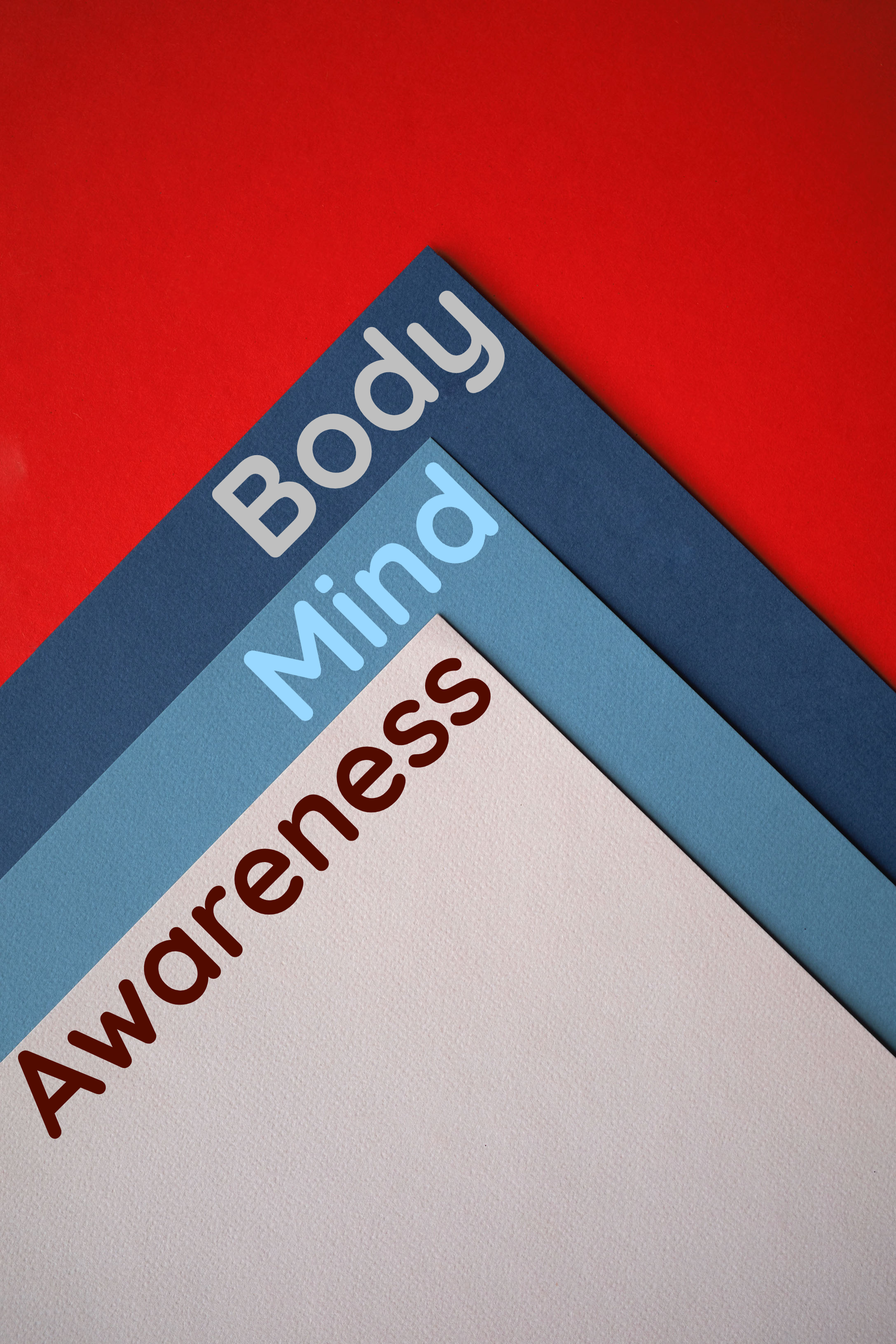The essence of mindfulness and how to achieve a lasting state of mindfulness
What is mindfulness?
Mindfulness is being conscious and aware without being reactive to the mind, thoughts, and actions. We can be proactively mindful, but not reactively mindful. The latter is introspection, which is very different from mindfulness. Introspection is looking back, and mindfulness is looking in the present. Mindfulness is a useful quality that can be developed and implemented in all spheres of our lives.
Mindfulness is not just a process of being watchful of external activities. It is also an internal process. Mindfulness takes us towards silence, which is the screen on which everything else plays out. Through mindfulness, thoughts and actions become transient and incidental phenomena in the context of more profound silence.
Silence is timeless; thoughts and actions are time bound. There is silence in a deep sleep, and through that silence, we touch timelessness. During daily activities, the main modes of interaction are thoughts and actions. We enter the sphere of time through thoughts and actions.
Deep sleep is universally restful and rejuvenates the body, while thoughts and activities can be stressful, which can adversely affect the body. Nature has devised a beautiful daily cycle of sleep and wakefulness to protect us from excessive indulgence in thoughts and actions.
Mindfulness bridges the states of sleep and wakefulness. Through it, we can bring the quality of silence, which permeates sleep into the wakeful state. Awareness of thoughts and actions without being aware of the bed of silence on which they play out makes the mind a noisy and restless place.
Being aware of the backdrop of silence during wakefulness prevents the mind from running away with our awareness. Besides, it also helps dissolve all thoughts when we enter sleep, making it more profound and more restful.
Insomnia is a peculiarity of the human species. It is non-existent in the animal kingdom. Mindfulness may help cure insomnia by helping us ease into the world of sleep through the link to inner silence.
Every thought is like a stone dropped into a calm lake. Like the stone which creates ripples, thoughts spread energy from a central point to the periphery. Deep thoughts in the subconscious mind spread their energy into the conscious mind, and superficial thoughts in the conscious mind spread out into the world as our actions.
Just as ripples spread out in all directions, the energy of thoughts, whether emerging from the conscious or subconscious mind spread out in all directions. We perceive only a small slice of the spherical spread of thought energy as our awareness is generally in the conscious mind. No matter how far those ripples of thought energy spread, they cannot exceed the bed of silence on which they originate, just as waves on the surface of the ocean cannot remain as waves once they reach the shore.
Mindfulness helps us align with the bed of silence on which thoughts and actions play out. Just as the ocean won’t reveal its bottom unless we dive into it, inner calm will not surface into the conscious mind. Our awareness will have to go deep within to find the source of that silence.
To be always mindful of thoughts and actions, we need to hold onto silence we discover within ourselves.
There are three steps in mindfulness.
1. Focusing on external actions
2. Focusing on thoughts
3. Focusing on the bed of silence from where thoughts emerge
Focusing on external actions
It is the easiest step to implement. During the day, we involve ourselves in many activities. As a point of focus, we can pick from a wide variety of actions. Most of them are voluntary actions. We can also focus on the involuntary movement of the breath. It may be best to choose one activity so we maintain consistency from day to day.
For instance, we may want to be attentive to our actions during breakfast time, or during a morning walk. Gradually this awareness can be expanded to other times of the day during different activities. Awareness of the breath is a practice we can do anywhere and at any time. It is profoundly restful, and it quickly centers our attention. Breath awareness forms a bridge that takes us towards thought awareness.
Focusing on thoughts
Unlike external actions which are predictable and can be habitual, we cannot predict which thought will emerge at any given point of time. Unlike the focus on external activities which follow a set pattern, awareness of thoughts should focus on their flow without attaching meaning, interpretation, or context to them. Their unpredictability will keep us alert.
Unlike actions which we can stop at will, thoughts are like a river that never ceases to flow. Just as we don’t have to get submerged in a river to watch its flow, we don’t have to get involved in the thought stream to watch them. We can do it from a safe distance. The more watchful we are, the more significant the gap between our awareness and the flow of thoughts.
Focusing on the bed of silence from where thoughts emerge
There is a network of rivers scattered all across the land. Similarly, there is a network of thoughts that crisscross the mind. The bed of silence is the “land” in the mind on which thoughts flow. When awareness is sufficiently developed and is at a distance from thoughts, we can become aware of these interspersed pockets of deep inner silence. Silence does not belong to the mind, just as space does not belong to the sky. Like the sky, which is a part of space, the mind is a part of inner silence.
When we are aware of our inner silence, it becomes easy to be mindful of thoughts and actions that emerge in the conscious realm. There is no need to stop actions or thoughts. Just as there are mountains, rivers, lakes, forests, deserts, and plains, which create variety and sustain various ecosystems, through mindfulness we view thoughts and actions in the context of creation and sustenance of a meaningful life.
Like ecosystems which take into consideration the smallest and biggest creatures to create a balance, mindfulness takes into account the least significant to the most impactful thoughts and actions. Through mindfulness, awareness remains in a balance between inner silence on the one hand, and thoughts and awareness on the other. There is immense joy when there is harmony between inner silence and our thoughts and actions. That is the essence of mindfulness.







